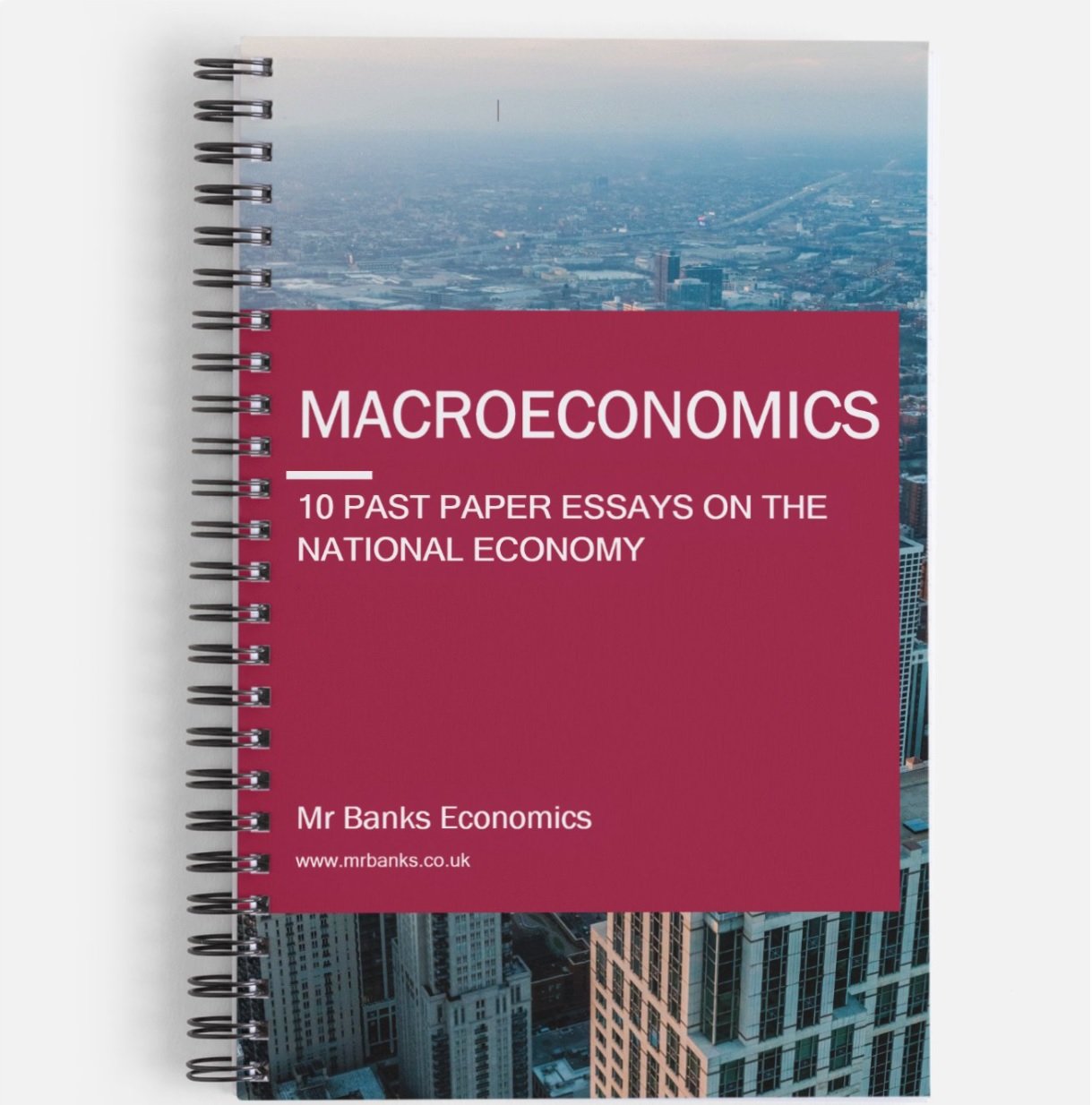Measuring Unemployment
A-level Economics
What is is. How it is measured. Why is it a problem.
Definitions
Definition of unemployment - the number of people in the labour force that are unemployed. As they are in the labour force, it means that they are actively seeking and fit to work.
Definition of the unemployment rate - percentage of the labour force that are currently unemployed.
Two Main Methods are used to calculate unemployment
Claimant Count
This unemployment figure is calculated by tracking the number of those in the country who are claiming job seekers benefits.
Labour Force Survey
A survey is sent round to a proportion of households in the country which asks people if they are currently employed and actively seeking work.
Advantages and Disadvantages of both methods:
Claimant Count
Advantage - it’s cheap and easy to collect the data.
Advantage - it can be updated very regularly as the systems in place are all computerised
--------------------------------------------------------
Disadvantage - it generally underestimates the real number of unemployed people. This is because not everybody claims unemployment benefits.
Disadvantage - because unemployment benefits are controlled by the government, the figures can be manipulated. For example, if the government make it harder to claim JSA, then less people will be claiming. It will be appear as if unemployment has gone down.
Labour Force Survey
Advantage - it’s more accurate because a survey is sent round the country. You are collecting your data from real people, not a machine.
Advantage - it’s an internationally acceptable measure of unemployment. You can compared the data globally.
---------------------------------------------------------
Disadvantage - expensive and time consuming to run.
Disadvantage - therefore, it is only updated annually.
Disadvantage - you can’t sample the whole population. It is a sample so it cannot representative of the country.
Why is unemployment a problem for the country?
It restricts the output and income that the economy can produce.
It leads to less spending because less is being earned.
It means there is unused capacity making us productively inefficient.
Unemployment benefits that arise will cost the taxpayer money.
In summary, you should know:
Definition of unemployment
Difference between unemployment and unemployment rate
2 measures of unemployment
Their pros and cons
Why is unemployment bad?
IF YOU WANT GOOD GRADES FAST, BUY THESE BOOKS!
MACROECONOMICS MODEL ANSWER BOOK
10 Past Papers with Model Answers on the National Economy
Written by an experienced Economics tutor
Full model answers with diagrams
Suitable for all UK Economics exam boards
Physical booklet
£20.00
MICROECONOMICS MODEL ANSWER BOOK
10 Past Papers with Model Answers on Market Failure
Written by an experienced Economics tutor
Full model answers with diagrams
Suitable for all UK Economics exam boards
Physical booklet
£20.00


